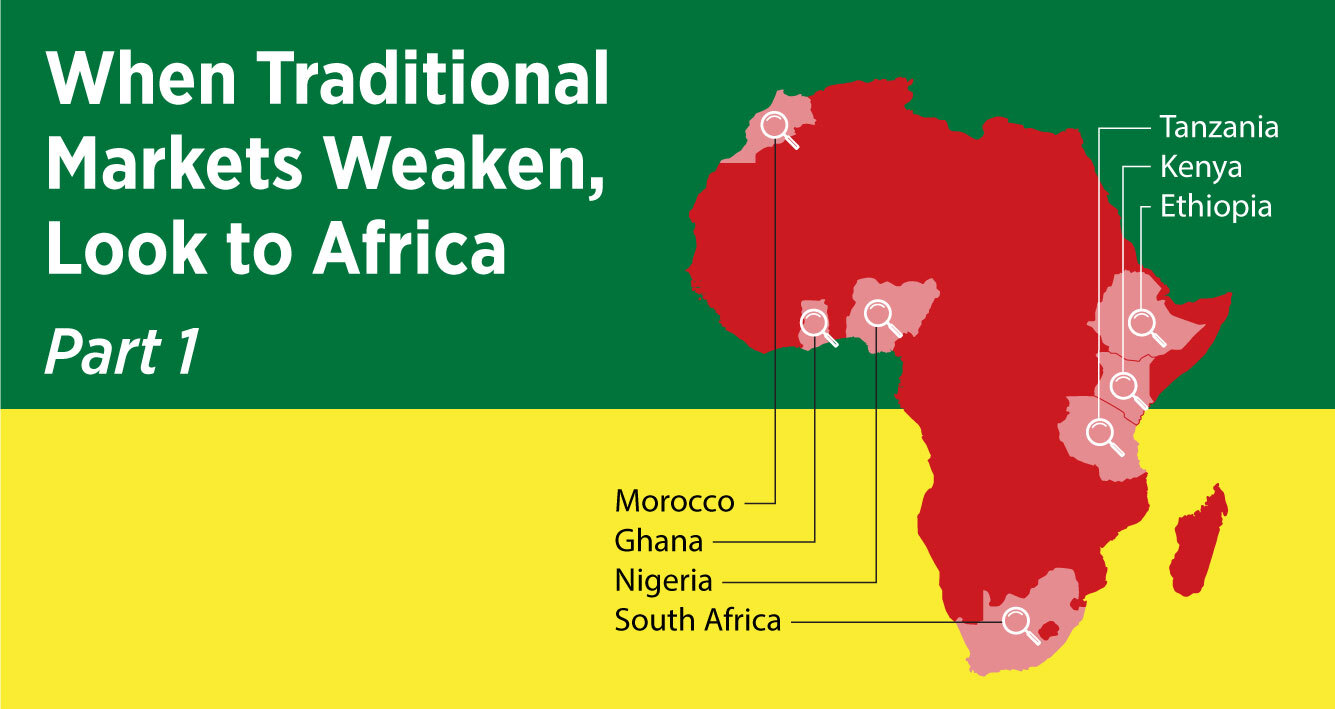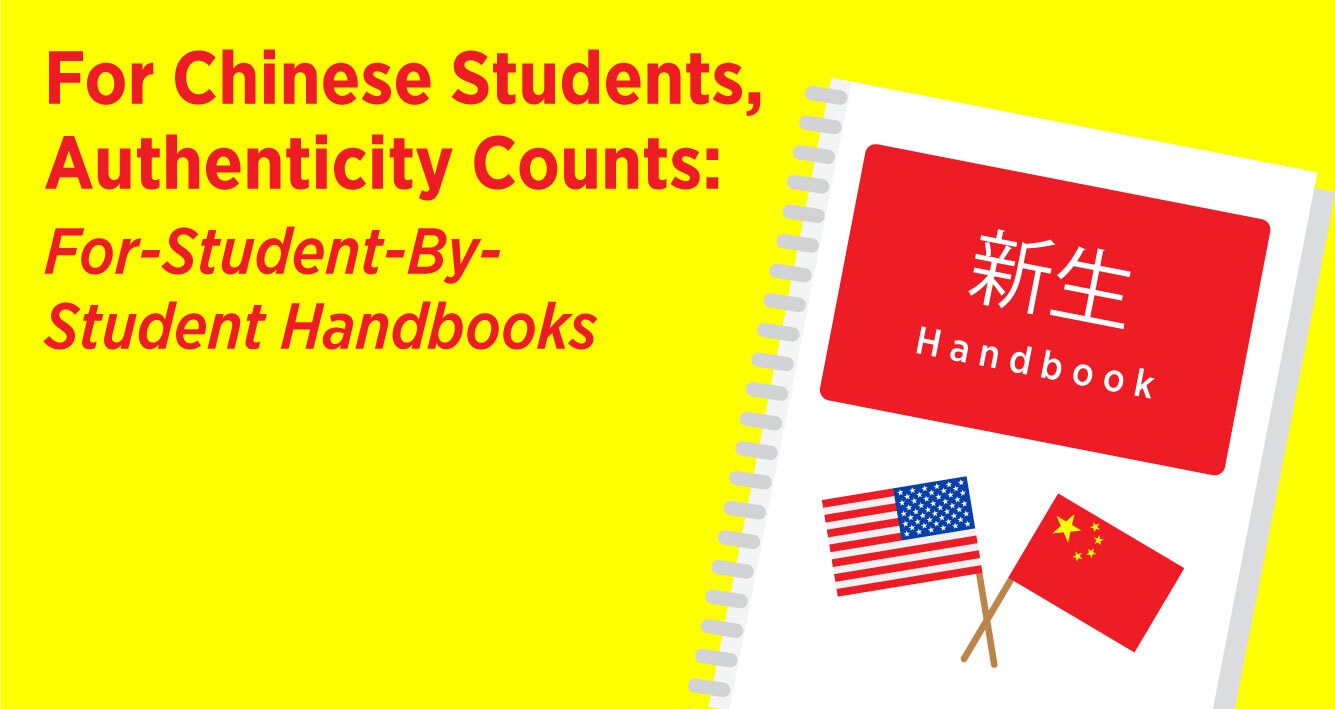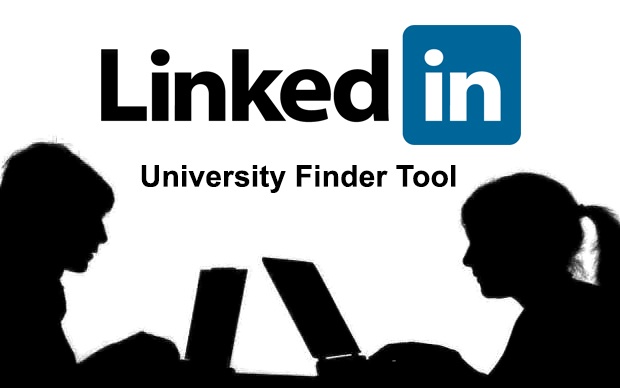The best markets for international student recruitment have three key things going for them:
- a growing youth population,
- rising incomes, and
- employment opportunities for returning graduates.
The African continent has a number of under-utilized recruitment hubs that boast all three.
The three bullet points above are useful generic perspective applicable to pretty much any institution – higher ed and private high schools. But what about your specific institution?
How do you make headway in the new(ish) student recruitment markets that African countries represent? Will your differentiators resonate there? Which channels will reach your ideal student segments?
Perhaps start with some of our analysis with helpful, still valid insights compiled prior to Covid. You’ll appreciate the discussion of recruiting agents, creative partnerships, and other valuable recruiting channels:
- Africa's Tech Hubs: Your New Student Source?
- International Student Recruiting in Africa Part I: Africa’s Competitive Edge (3-part series)
To be clear, African countries, as sources of international students will not replace the flow of students coming out of China. So, if your enrollment goals are all about achieving target numbers and not about diversifying your campus, you may hesitate to invest here.
And yet, the thing about hitting your enrollment goals is that you win by building strong relationships and pipelines. Clearly, China and India have the volume and the larger accessible market size, but your institution needs student recruitment opportunities where you can be truly competitive. And diversifying your campus has rewards that speak directly to your institution’s broader teaching mission. Seeking less common sources of international students is one way you do all that.
An increasing number of institutions are approaching the Intead team to explore further afield. A welcome and important mindset. While regular readers of our blog know we continue to share perspectives on, and implement recruitment strategies for, traditional student sources (China, India, Vietnam, Brazil, S. Korea). With more institutions seeking new markets, it is a good time to revisit the approach to Africa as a valuable source.
Obviously, the pandemic slowed the inflow of international students from all parts of the globe, and Africa is no exception. But now, as pandemic restrictions ebb and economies recover, smart institutions are bringing Africa back into their awareness as a prime source of engaged, qualified students.
In fact, more than a few African countries have achieved the World Bank’s “middle economy” status and are expanding their leadership in sectors such as agriculture, oil and gas, and tech. These industries offer promising careers but tend to demand higher education degrees. Foreign degrees draw attention to job candidate resumes. Many US institutions offer long-established degrees and certifications that African higher education institutions are still developing.
Important to note that there is competition for these students. While the US has a strong draw (the US brand and all that), Russia (before the Ukrainian crisis), France, Germany, China, and some Middle Eastern countries have been courting students from African countries for a while with less expensive degrees than are typically found in the US.
Also interesting to note that over the past 5 years, both the US and China have each invested in the African continent at around $40B annually. Much of the investment has gone toward construction (roads/transportation) and mining.
According to The Brookings Institute, “China’s influence goes beyond the trade relationship: It is also the top investor in infrastructure, and now is the first destination of English-speaking African students, outperforming the U.S. and the U.K.” (source cited below).
In our 2-part blog post about 7 African nations, we cite a variety of useful sources to demonstrate how varied information sources will add to your country and cultural perspectives. Hopefully, through this post and the next, you will find some new research sites to support your planning. (We love participating in that broader teaching mission as well).
Read on to evaluate some of the strategies that we have found effective for recruiting students from the African continent.
Read More





